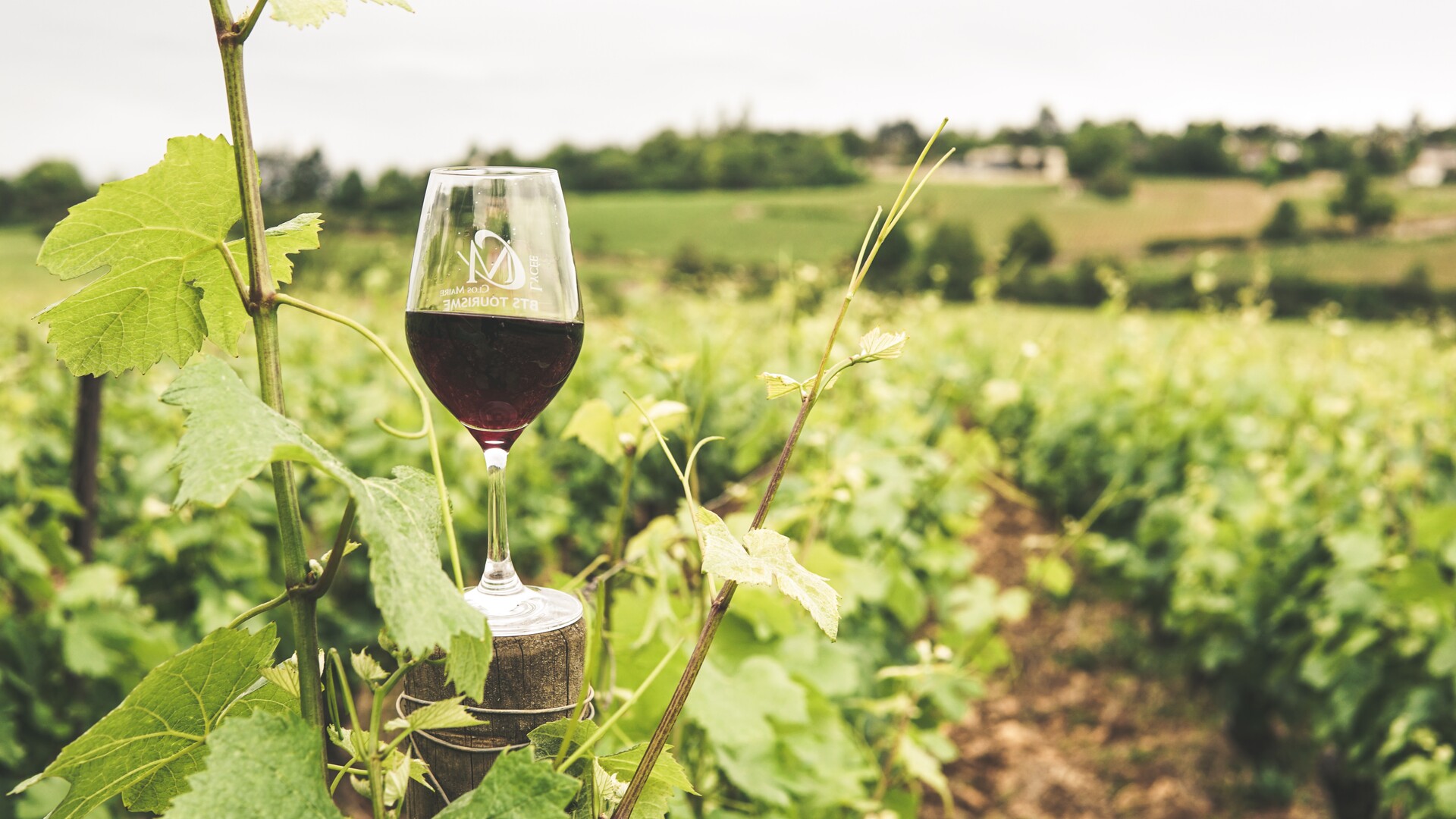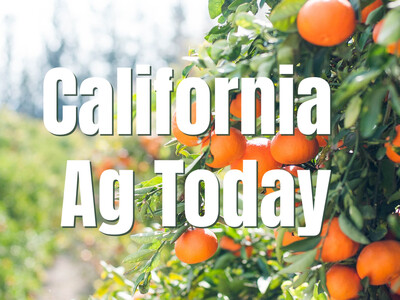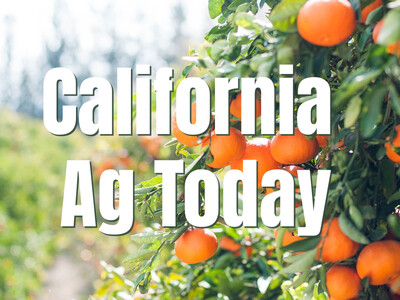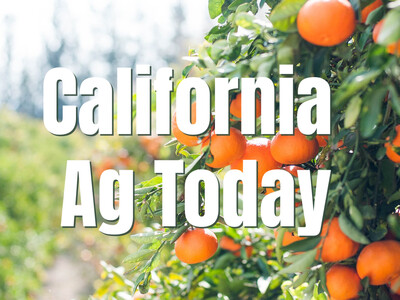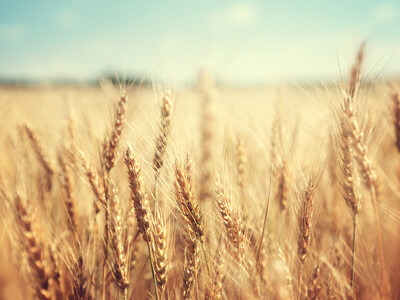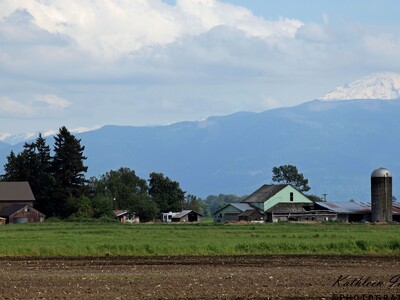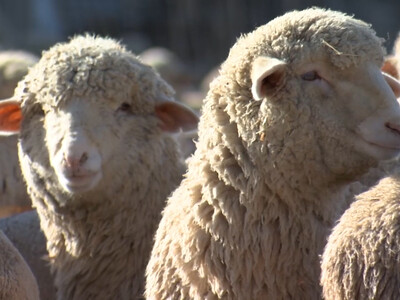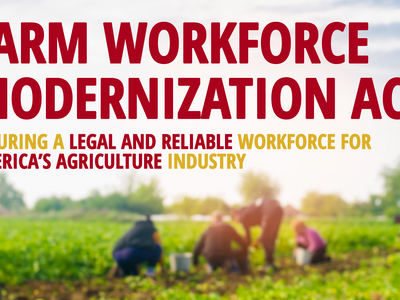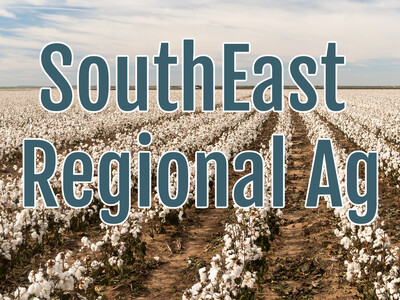Confusion with Winegrape Smoke Taint

Tim Hammerich
News Reporter
Smoke from wildfires has affected the quality of some California winegrapes. First it needs to be stressed that food safety is not a concern here, rather wine quality is what’s at stake. Dr. Anita Oberholster is a cooperative extension specialist in enology. She says one of the challenges is there is not enough data to determine thresholds of the compounds that cause the smoke taint issue.
Oberholster… “All these compounds are naturally present in grapes. And we know different varieties, so different grape varieties, have different natural amounts. So now somebody thinks, okay, I have some smoke in my vineyard. It may be impacted. Let me go and test it. He gets a number. And this person goes, okay, so what does this number mean? What's natural and what's elevated? And how much should it be elevated before it actually have a negative impact on the final product, which is wine. And, we don't know.”
Dr. Oberholster says not all smoke will have this impact - it is determined by a variety of factors. But if that number tests high enough, it can ultimately impact the value of the wine.
Oberholster… “It can cause what we call a taint in the resulting wine. Meaning that it makes it one-dimensional in the case of smoke taint, it is that you have an overpowering smokiness on the nose and you can get this like really ashy character by mouth.”


